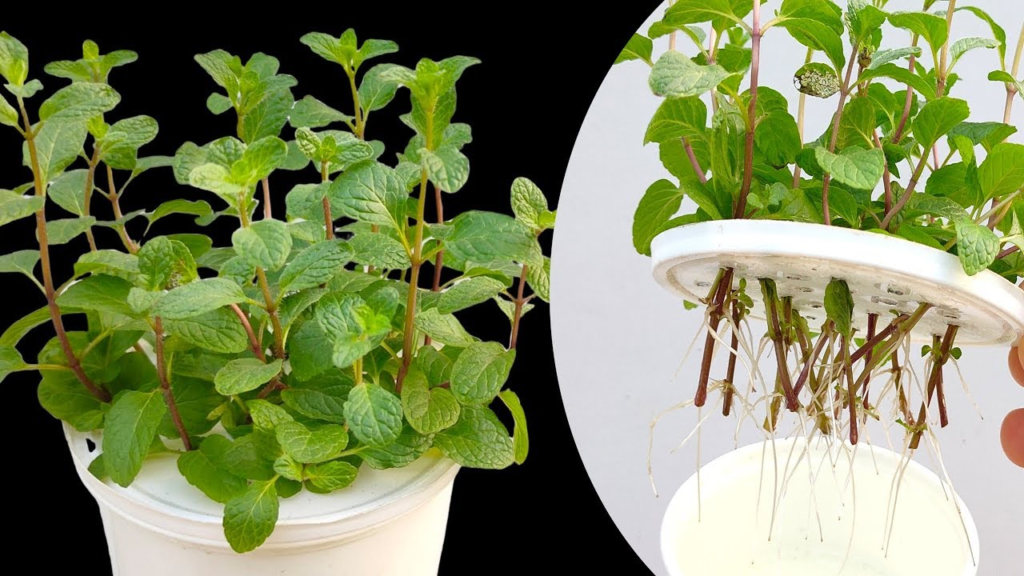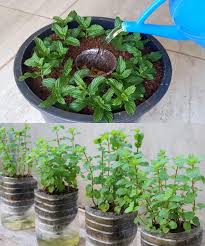For those who cherish gardening and herbs, growing your own mint can be both gratifying and practical. This aromatic herb is a versatile addition to your garden and kitchen. To ensure its successful cultivation, understanding the right planting method is key. This guide introduces a unique, efficient technique for growing mint and other herbs, creating a self-sustaining, nutrient-rich environment for your plants to thrive.
Why Mint and Herbs are Beloved
Before delving into the planting method, let’s explore why herbs like mint hold a special place in the hearts of gardeners and cooks alike:
- Versatility
Mint comes in varieties such as peppermint, spearmint, and chocolate mint, each offering distinct flavors and aromas. Whether in beverages, desserts, or savory dishes, mint enhances a range of culinary creations. Similarly, many herbs provide diverse uses. - Medicinal Properties
Mint is celebrated for aiding digestion, relieving headaches, and reducing nausea. Like mint, other herbs often have health benefits, making them both practical and therapeutic additions to your garden. - Aesthetic Appeal
With its lush green leaves, mint is visually appealing, bringing vibrancy to ornamental gardens. Herbs also add a touch of elegance to any space.
The Smart Way to Plant Mint and Other Herbs
The “plastic cup method” is a clever, resourceful way to grow mint and other herbs. It ensures consistent nourishment and minimizes the risk of overwatering. Here’s a step-by-step guide to mastering this method:
Materials Needed
- A large pot or container.
- Potting or garden soil mix.
- A plastic cup with small perforations.
- Mint cuttings, herb seedlings, or young plants.
- Natural fertilizers (e.g., crushed garlic, banana peels).
- Water.
Step-by-Step Instructions
- Prepare the Container
Choose a container large enough to prevent mint’s invasive growth. Fill it with soil, leaving space in the center for the plastic cup. - Perforate the Cup
Use a plastic cup and create small holes in its sides and bottom. These allow water and nutrients to seep into the soil gradually. - Position the Cup
Place the perforated cup in the center of the soil, ensuring its rim aligns with the surface. This setup simplifies watering and fertilization. - Add Natural Fertilizers
Fill the cup with nutrient-rich materials like crushed garlic and banana peels. These will slowly release essential nutrients into the soil. - Plant Your Herbs
Surround the plastic cup with your mint or herb plants, ensuring ample space for growth. - Water Efficiently
Pour water directly into the plastic cup. This system delivers nutrients from the fertilizers to the plant roots, keeping the soil nourished and moist. - Regular Maintenance
Monitor the cup’s contents, replenishing water and fertilizers as needed. Check surrounding soil moisture levels to prevent over- or under-watering.

Conclusion
The “plastic cup method” is a game-changer for cultivating mint and other herbs. By adopting this straightforward approach, you can create a thriving herb garden with minimal effort. Not only will your plants flourish, but you’ll also enjoy the benefits of fresh, aromatic herbs in your cooking and home remedies. Give this method a try and enjoy the rewards of a bountiful herb garden!
